Seasonic Prime Ultra Titanium 1000W PSU Review: Quiet Dominance
Why you can trust Tom's Hardware
Transient Response Tests
Advanced Transient Response Tests
For details on our transient response testing, please click here.
Ιn these tests, we monitor the SSR-1000TR's response in several scenarios. First, a transient load (10A at +12V, 5A at 5V, 5A at 3.3V, and 0.5A at 5VSB) is applied for 200ms as the PSU works at 20 percent load. In the second scenario, it's hit by the same transient load while operating at 50 percent load.
In the next sets of tests, we increase the transient load on the major rails with a new configuration: 15A at +12V, 6A at 5V, 6A at 3.3V, and 0.5A at 5VSB. We also increase the load-changing repetition rate from 5 Hz (200ms) to 50 Hz (20ms). Again, this runs with the PSU operating at 20 and 50 percent load.
The last tests are even tougher. Although we keep the same loads, the load-changing repetition rate rises to 1 kHz (1ms).
In all of the tests, we use an oscilloscope to measure the voltage drops caused by the transient load. The voltages should remain within the ATX specification's regulation limits.
These tests are crucial because they simulate the transient loads a PSU is likely to handle (such as booting a RAID array or an instant 100 percent load of CPU/GPUs). We call these "Advanced Transient Response Tests," and they are designed to be very tough to master, especially for a PSU with a capacity of less than 500W.
Advanced Transient Response at 20 Percent – 200ms
| Voltage | Before | After | Change | Pass/Fail |
|---|---|---|---|---|
| 12V | 12.207V | 12.107V | 0.82% | Pass |
| 5V | 5.017V | 4.966V | 1.02% | Pass |
| 3.3V | 3.328V | 3.228V | 3.00% | Pass |
| 5VSB | 4.995V | 4.960V | 0.70% | Pass |
Advanced Transient Response at 20 Percent – 20ms
| Voltage | Before | After | Change | Pass/Fail |
|---|---|---|---|---|
| 12V | 12.207V | 11.997V | 1.72% | Pass |
| 5V | 5.017V | 4.957V | 1.20% | Pass |
| 3.3V | 3.327V | 3.217V | 3.31% | Pass |
| 5VSB | 4.995V | 4.947V | 0.96% | Pass |
Advanced Transient Response at 20 Percent – 1ms
| Voltage | Before | After | Change | Pass/Fail |
|---|---|---|---|---|
| 12V | 12.206V | 12.073V | 1.09% | Pass |
| 5V | 5.016V | 4.957V | 1.18% | Pass |
| 3.3V | 3.327V | 3.221V | 3.19% | Pass |
| 5VSB | 4.995V | 4.961V | 0.68% | Pass |
Advanced Transient Response at 50 Percent – 200ms
| Voltage | Before | After | Change | Pass/Fail |
|---|---|---|---|---|
| 12V | 12.199V | 12.119V | 0.66% | Pass |
| 5V | 5.011V | 4.960V | 1.02% | Pass |
| 3.3V | 3.322V | 3.222V | 3.01% | Pass |
| 5VSB | 4.980V | 4.940V | 0.80% | Pass |
Advanced Transient Response at 50 Percent – 20ms
| Voltage | Before | After | Change | Pass/Fail |
|---|---|---|---|---|
| 12V | 12.200V | 12.095V | 0.86% | Pass |
| 5V | 5.011V | 4.953V | 1.16% | Pass |
| 3.3V | 3.322V | 3.211V | 3.34% | Pass |
| 5VSB | 4.979V | 4.935V | 0.88% | Pass |
Advanced Transient Response at 50 Percent – 1ms
| Voltage | Before | After | Change | Pass/Fail |
|---|---|---|---|---|
| 12V | 12.198V | 12.072V | 1.03% | Pass |
| 5V | 5.010V | 4.950V | 1.20% | Pass |
| 3.3V | 3.321V | 3.211V | 3.31% | Pass |
| 5VSB | 4.979V | 4.930V | 0.98% | Pass |
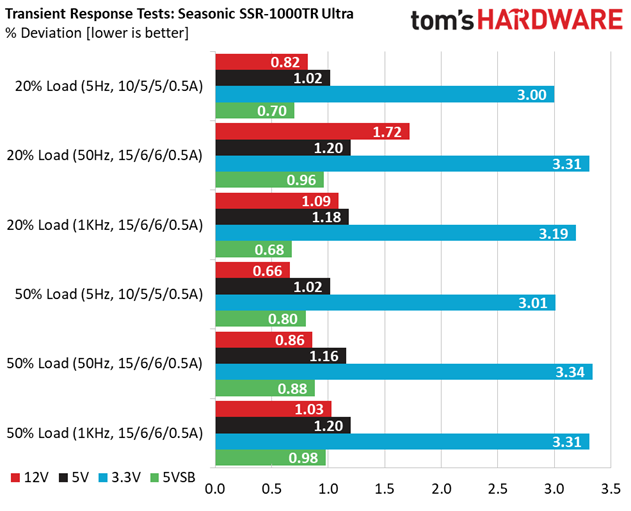
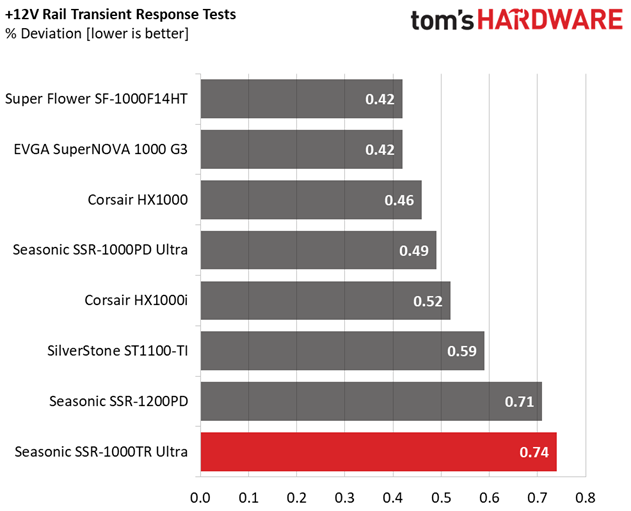
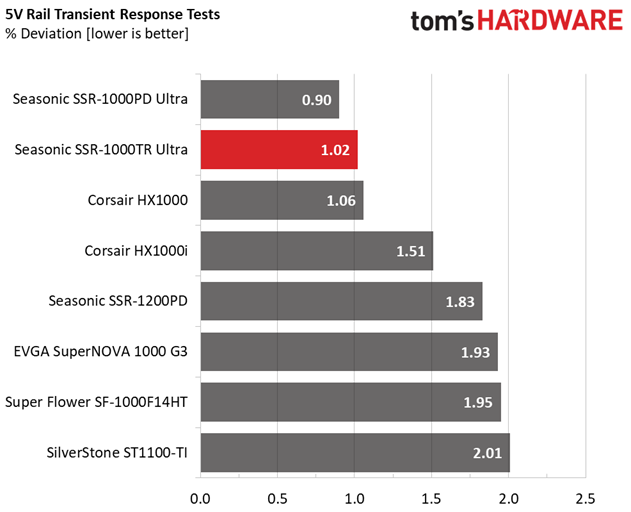
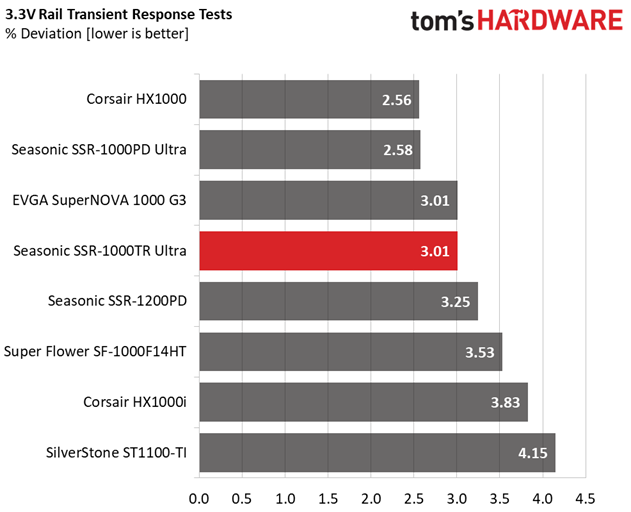

Our transient response measurements aren't as impressive as what we saw from Seasonic's SSR-1000PD. But this is what we expected since the secondary side's capacitance had to be decreased in the quest for higher efficiency. Regardless, the SSR-1000TR registers good performance.
Get Tom's Hardware's best news and in-depth reviews, straight to your inbox.
Here are the oscilloscope screenshots we took during Advanced Transient Response Testing:
Transient Response At 20 Percent Load – 200ms
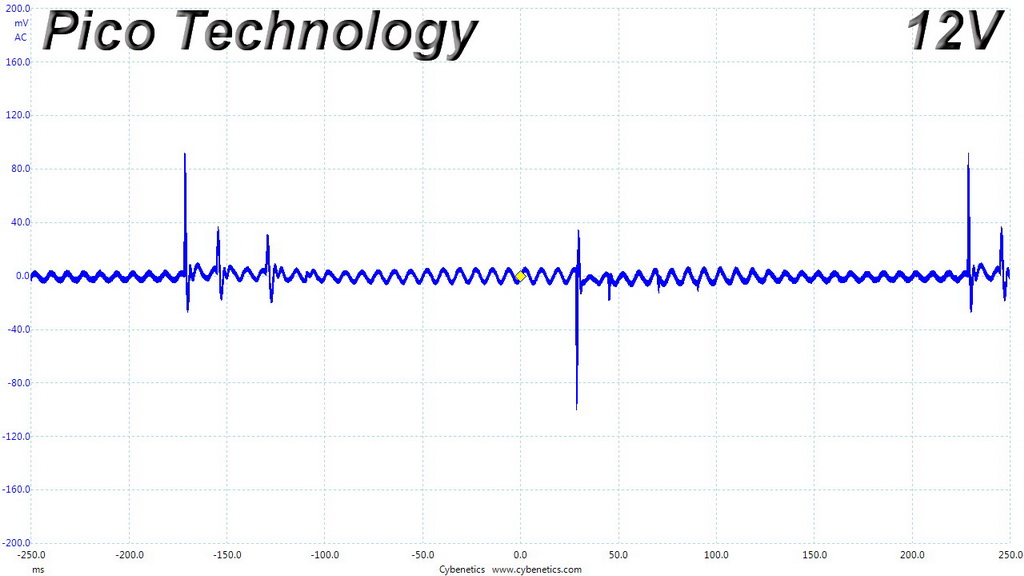
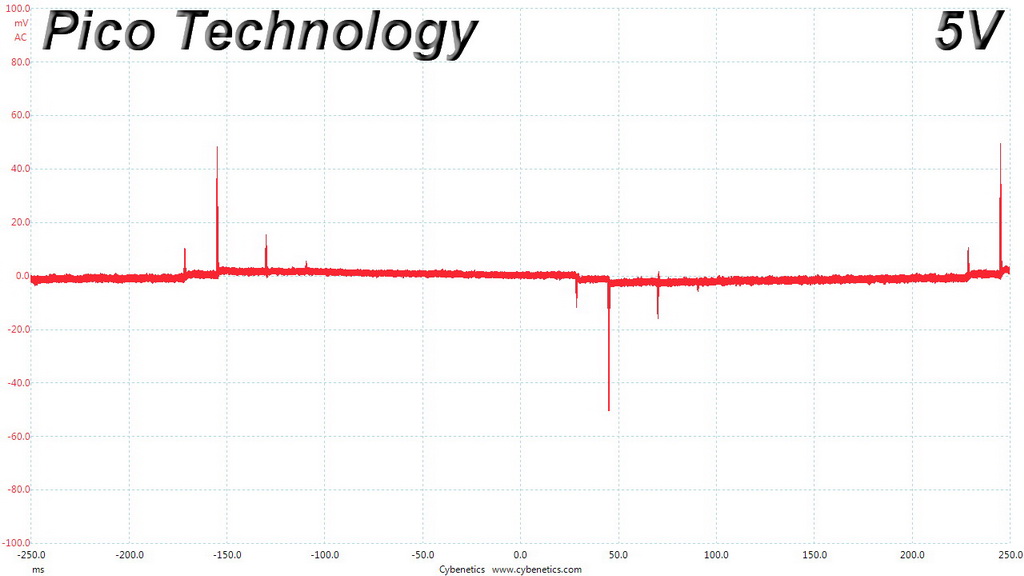
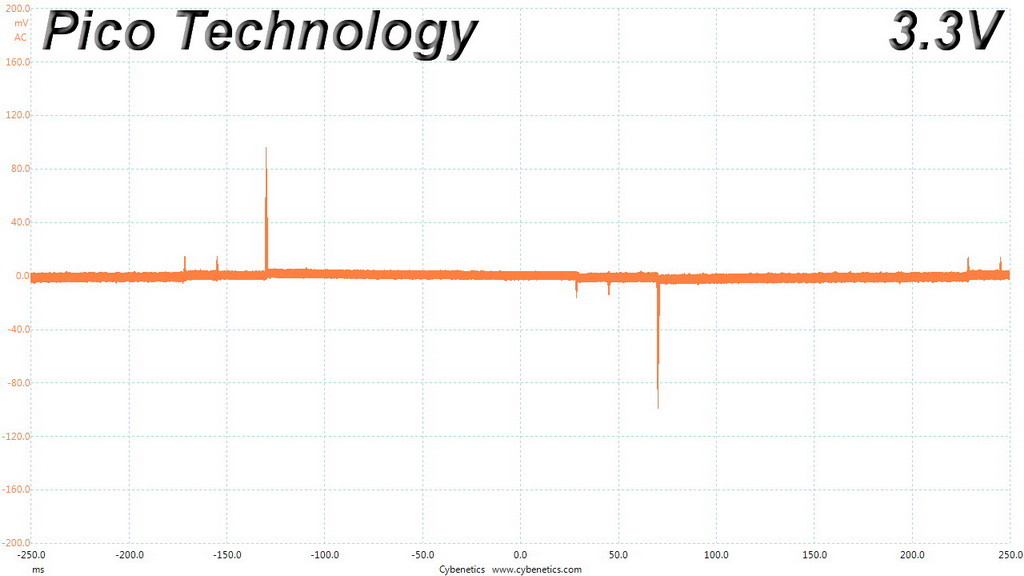
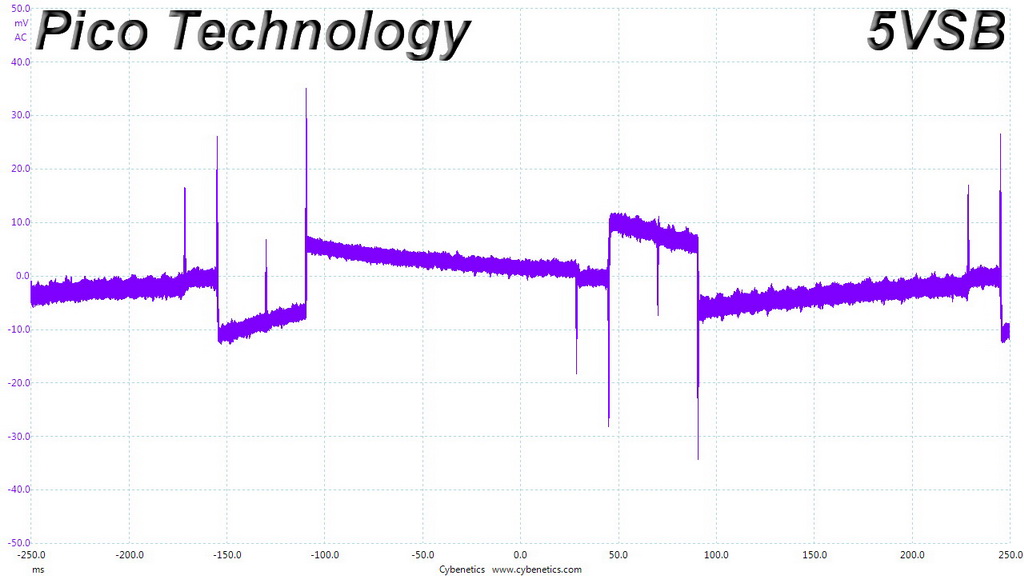
Transient Response At 20 Percent Load – 20ms
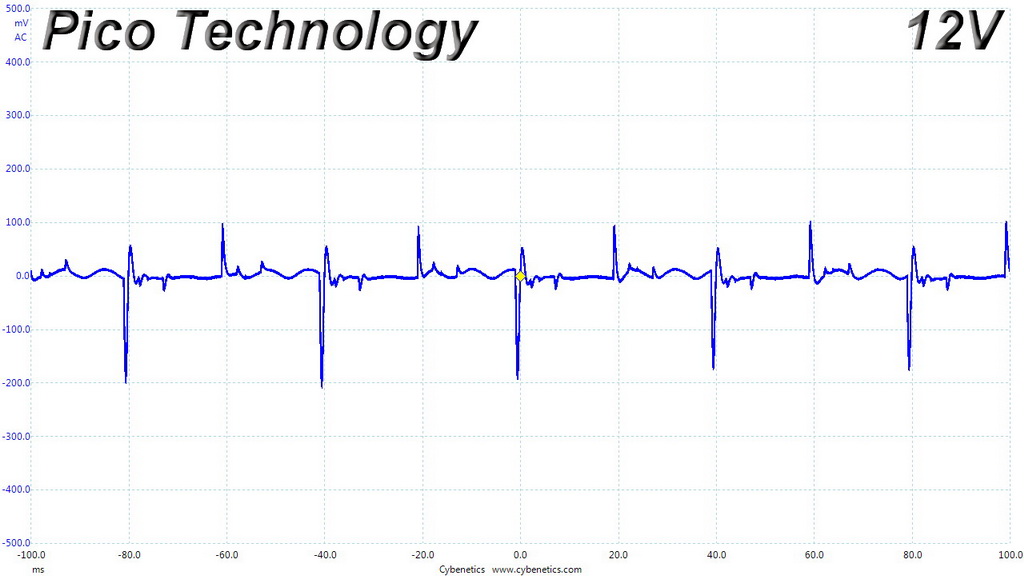
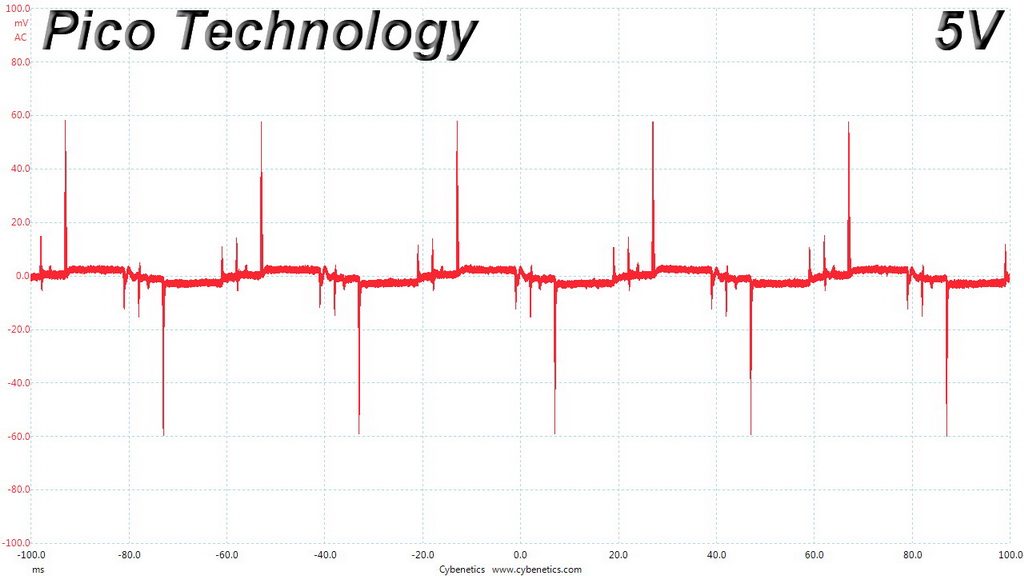
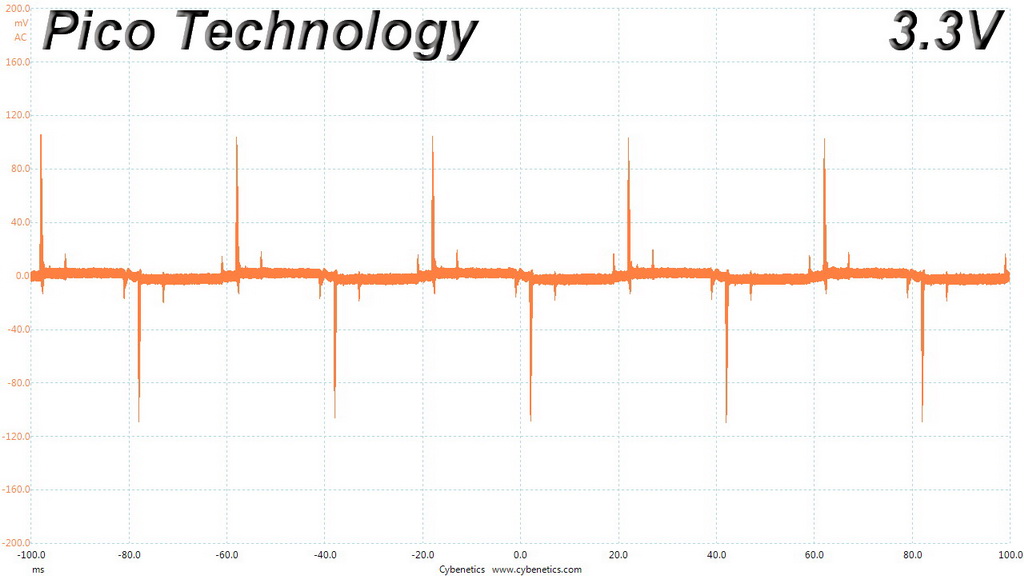
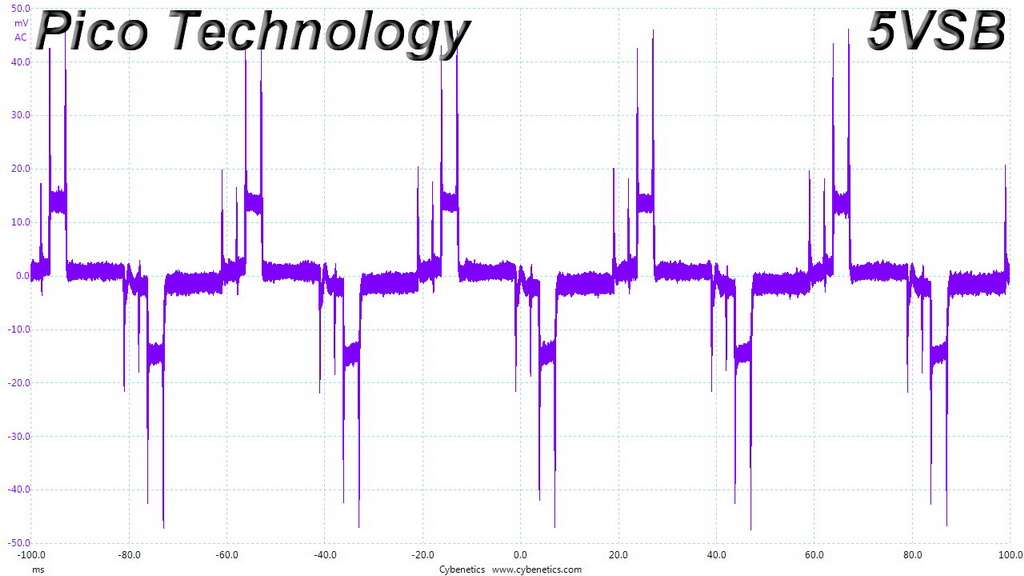
Transient Response At 20 Percent Load – 1ms
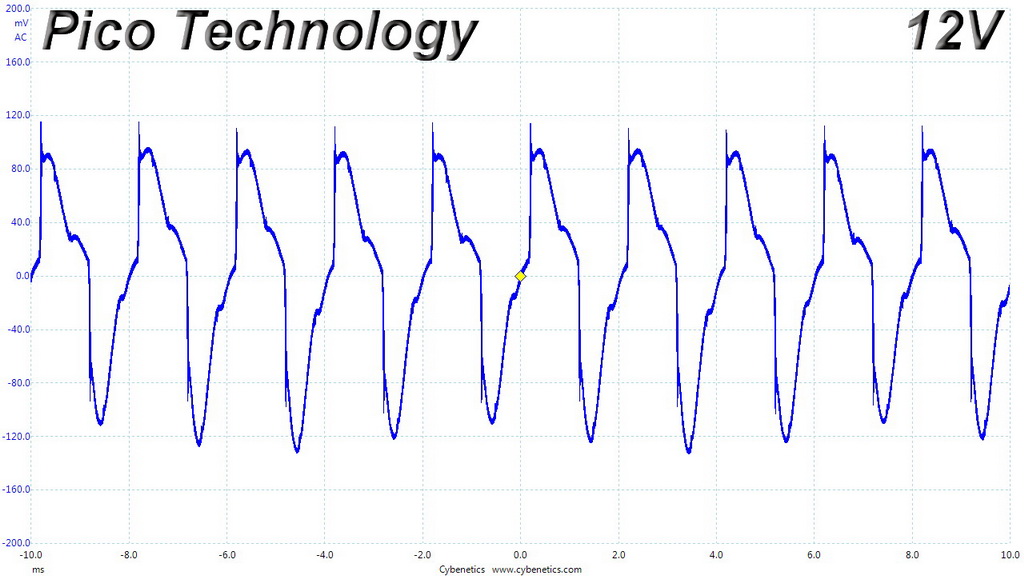
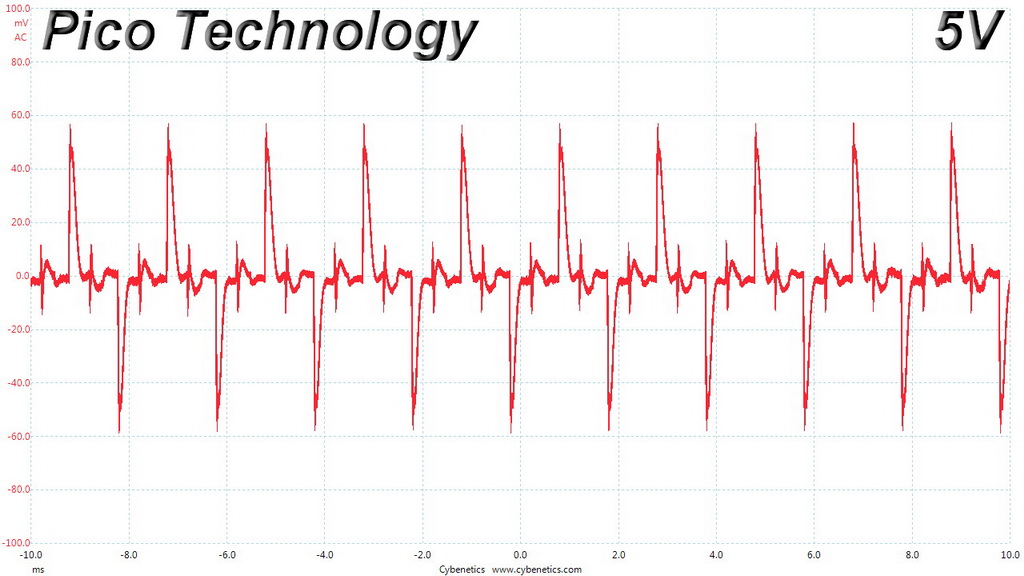

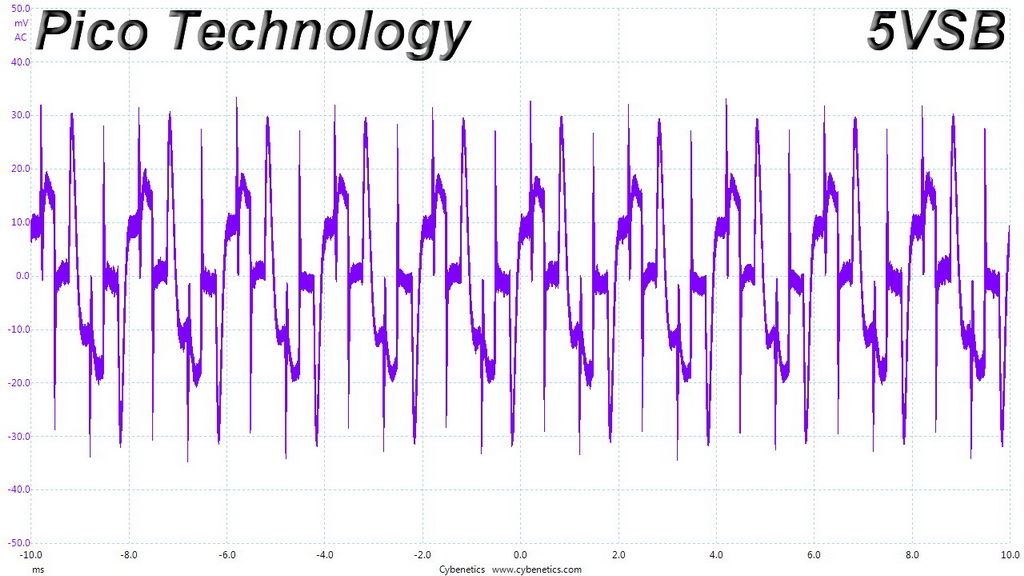
Transient Response At 50 Percent Load – 200ms
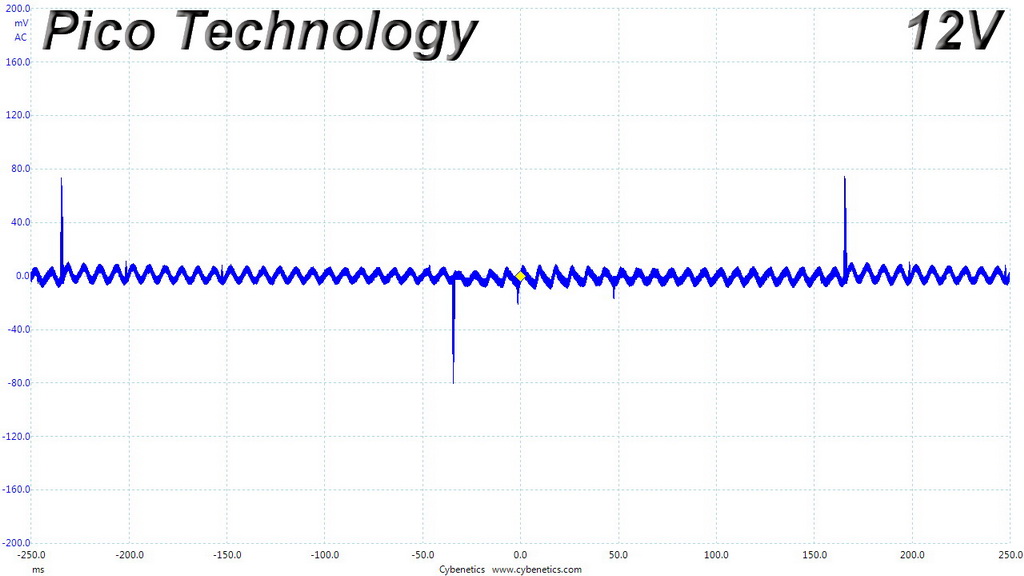
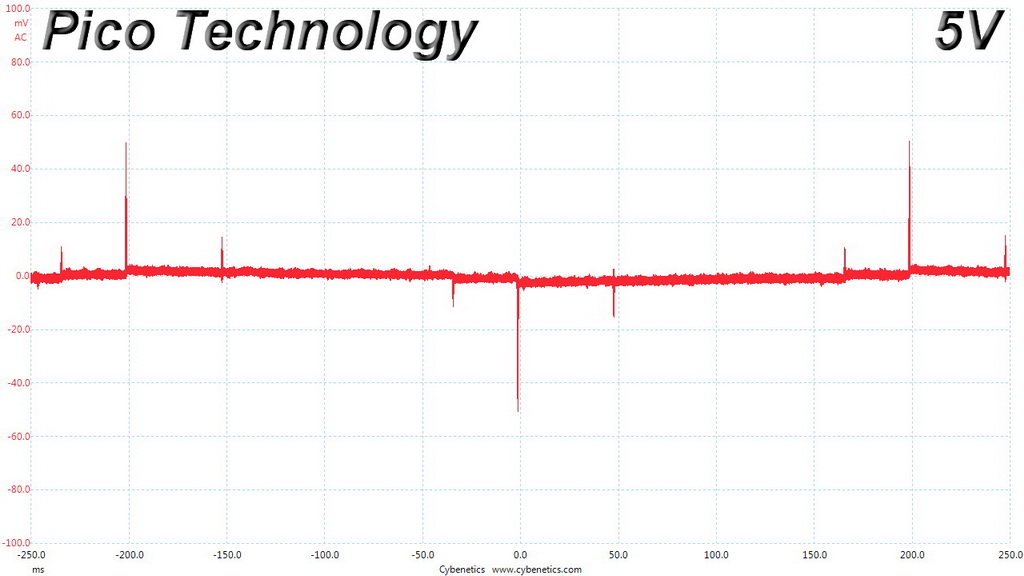
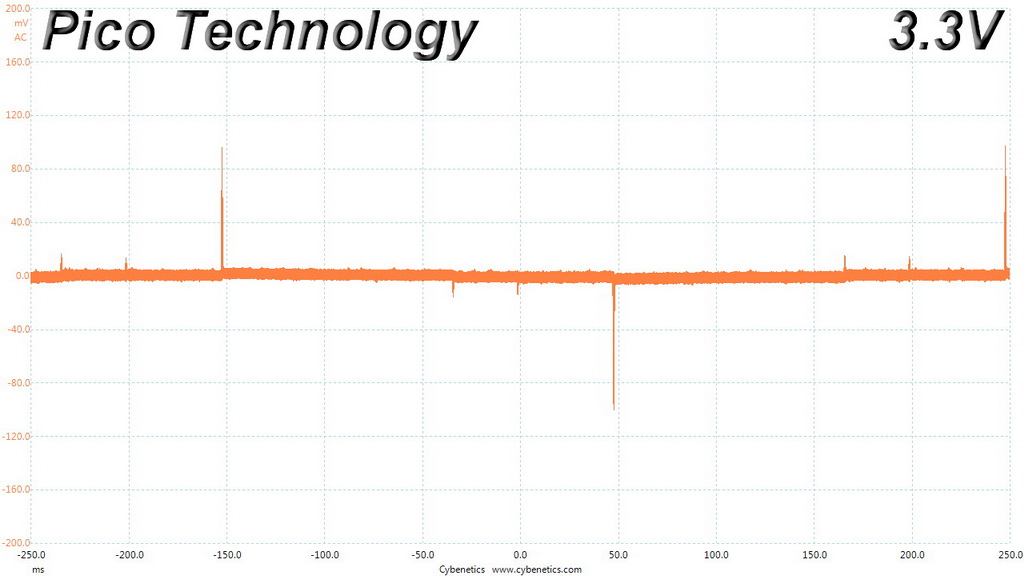
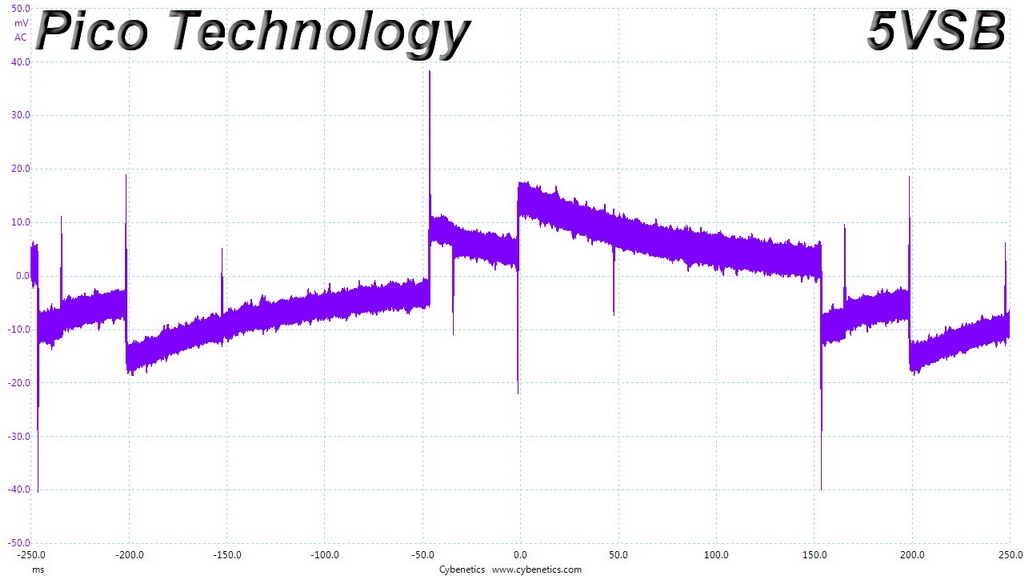
Transient Response At 50 Percent Load – 20ms
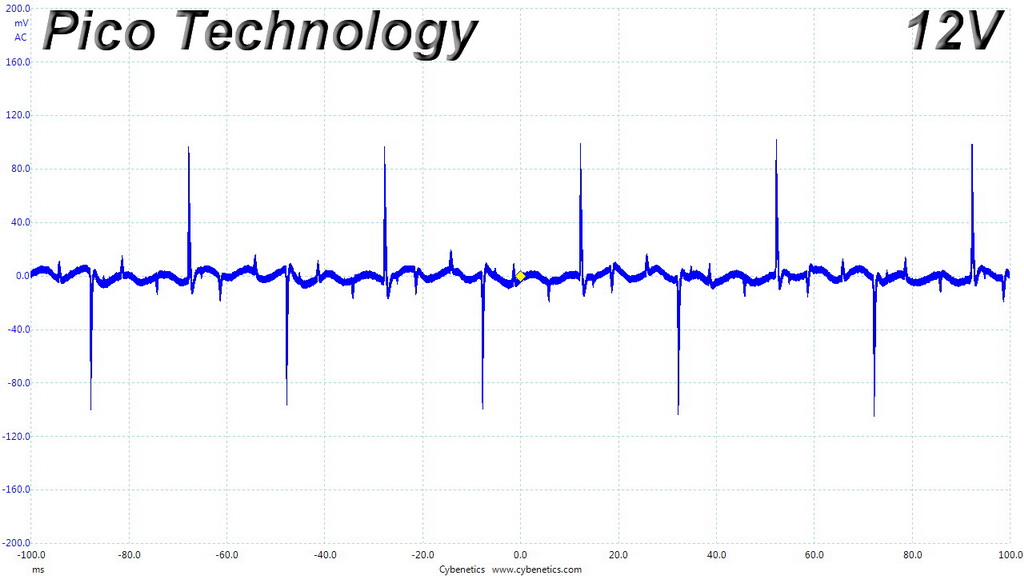
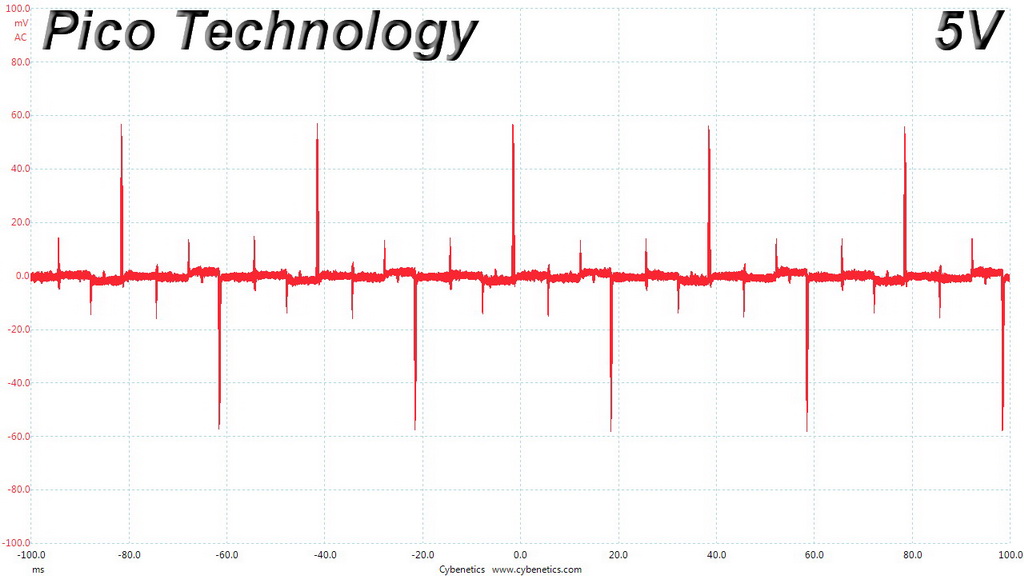
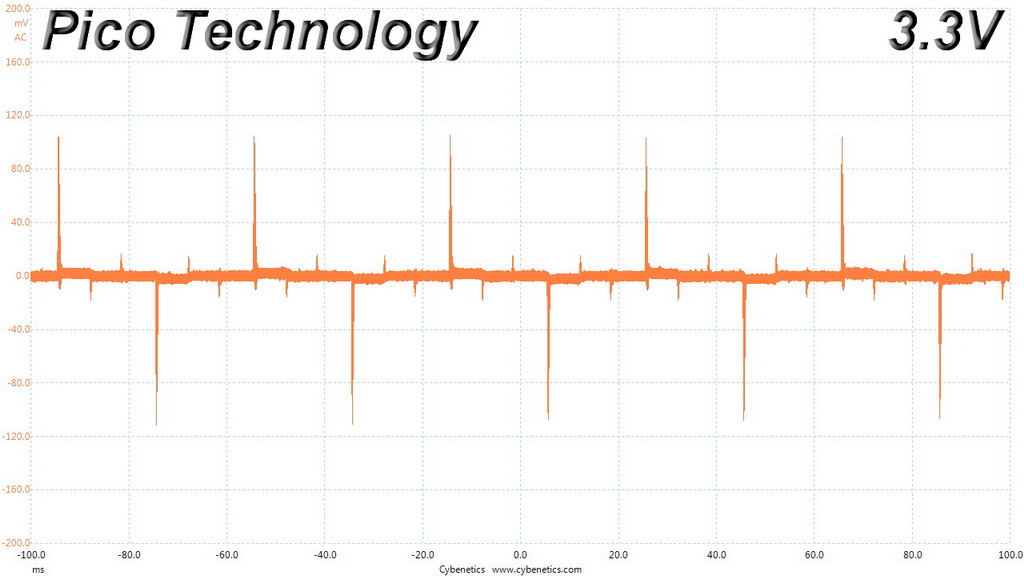
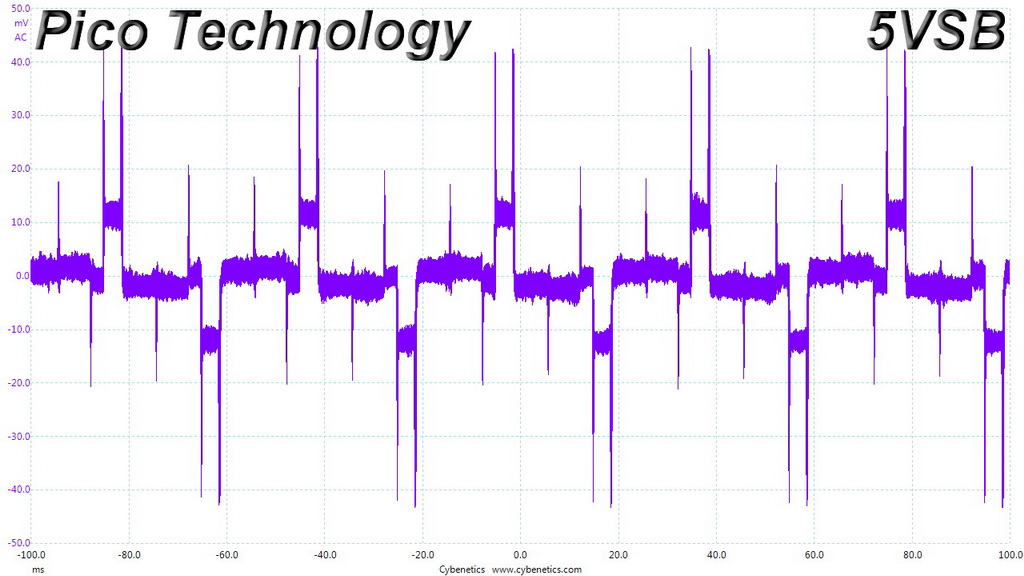
Transient Response At 50 Percent Load – 1ms
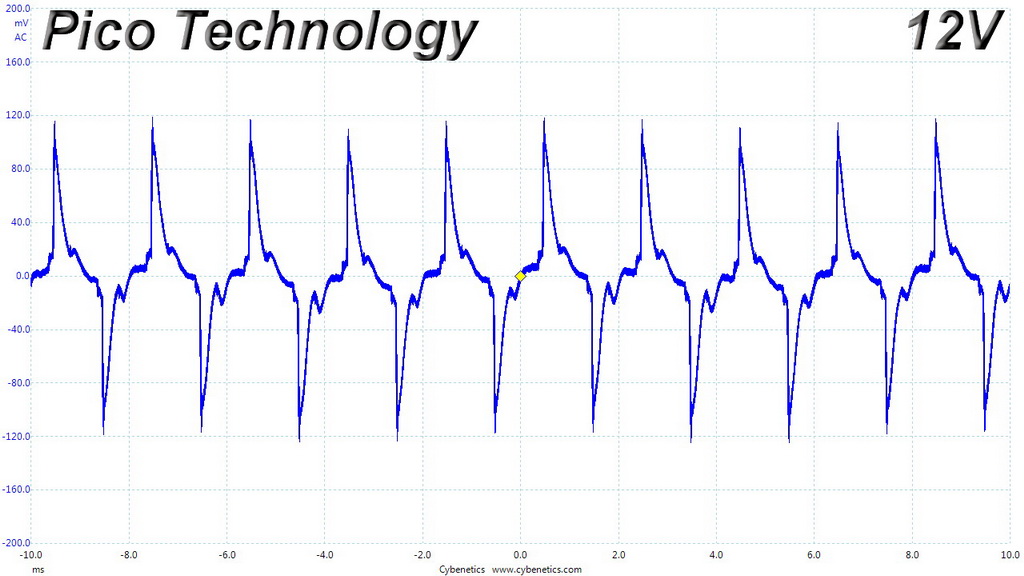
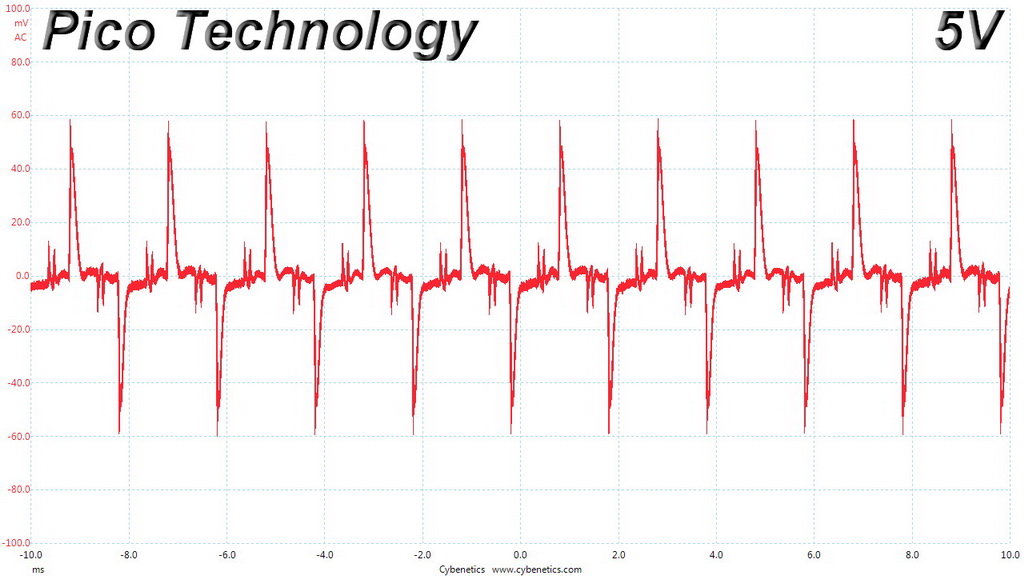

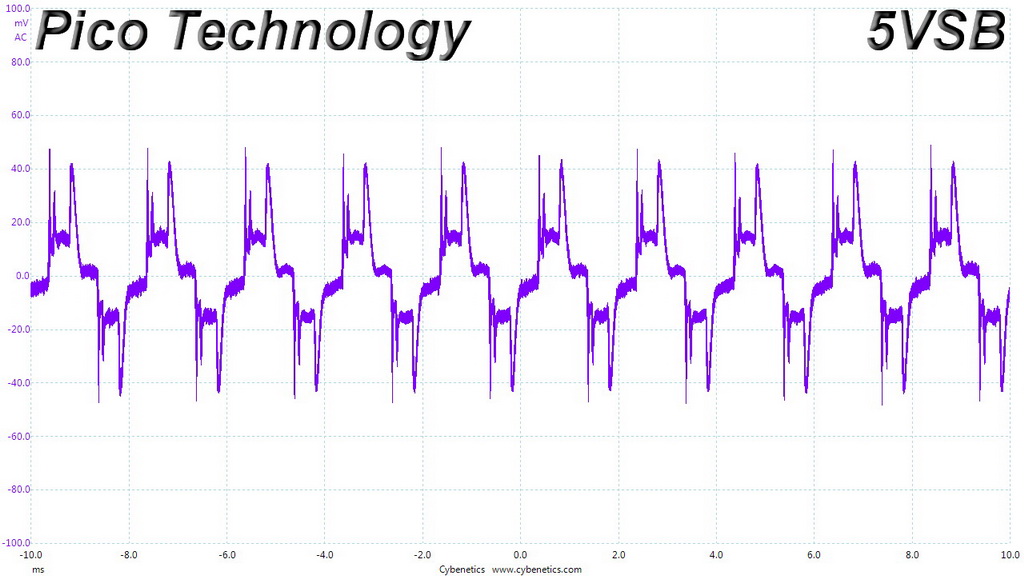
Turn-On Transient Tests
In the next set of tests, we measured the SSR-1000TR’s response in simpler transient load scenarios—during its power-on phase.
For our first measurement, we turned the SSR-1000TR off, dialed in the maximum current the 5VSB rail could output, and switched the PSU back on. In the second test, we dialed the maximum load the +12V rail could handle and started the 1000W supply while it was in standby mode. In the last test, while the PSU was completely switched off (we cut off the power or switched the PSU off), we dialed the maximum load the +12V rail could handle before switching it back on from the loader and restoring power. The ATX specification states that recorded spikes on all rails should not exceed 10 percent of their nominal values (+10 percent for 12V is 13.2V, and 5.5 V for 5V).

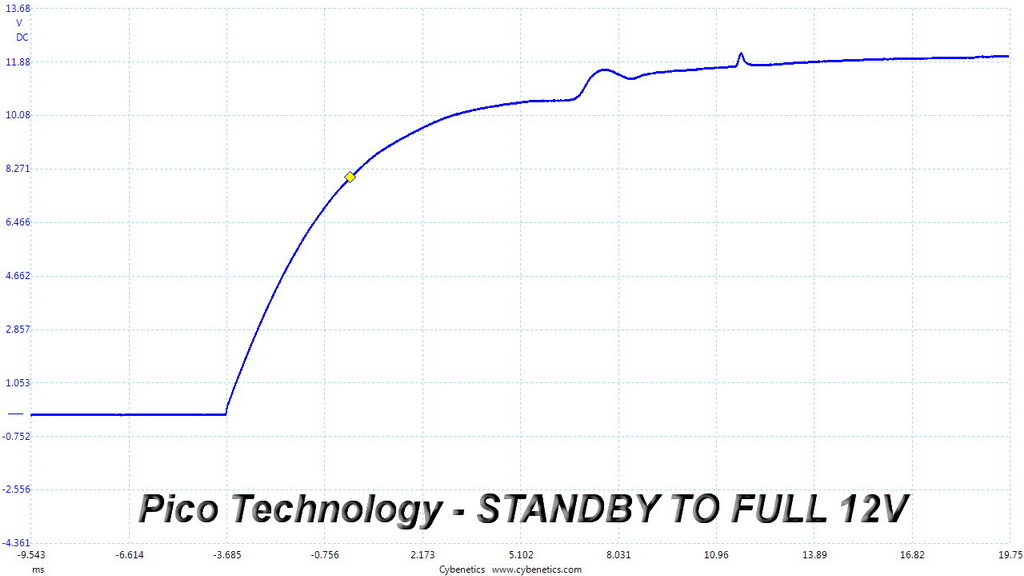
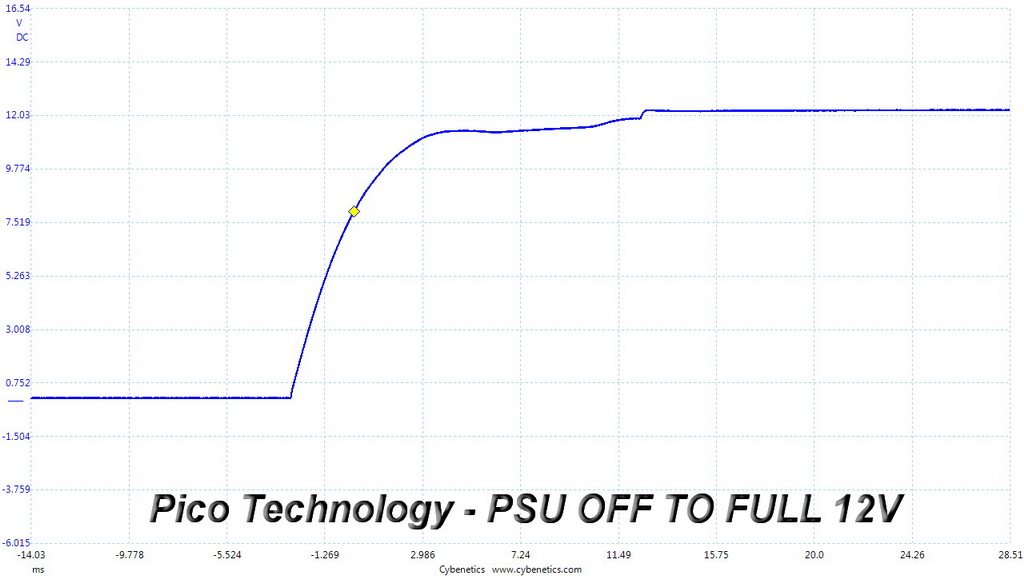
There is a low voltage overshoot at 5VSB and two small spikes in the second test, but they're nothing to worry about. In general, the PSU performs well in our turn-on transient tests.
MORE: Best Power Supplies
MORE: How We Test Power Supplies
MORE: All Power Supply Content
Current page: Transient Response Tests
Prev Page Cross-Load Tests & Infrared Images Next Page Ripple Measurements
Aris Mpitziopoulos is a contributing editor at Tom's Hardware, covering PSUs.
-
Nintendork I really wish companies focus on 300-550w Titanium PSU's, who the hell uses SLI/CF this days? Market is going multiCCX gpu's in the upcoming years.Reply
A Ryzen 2700X + Vega56/1070ti systems won't even draw past 375-400w. Most gaming PC's will stay at below 250w. Meanwhile for people who keep their PC 24/7 most of the time in idle, a contained PSU at titanium with 90% efficiency at 10% load is awesome.
My Bronze Seasonic S12-II 520w seems to be a gem with 82% efficiency at 10% load when most higher grade PSU's (gold/platinum) ignore this since they only need to comply with 85-90% minimum @20% load and then crapify to hell once you reach 15-10% load. -
Armando_0818 Just an FYI. CISPR 22 is no longer used. It has been updated to CISPR 32.Reply
Regards -
Aris_Mp Thank you! The limits are the same though for the conducted emissions that we measure and in general the products that pass the CISPR22 are likely to pass testing against CIPSR32.Reply
The CISPR22 was for information technology equipment while CIPSR32 is for multimedia stuff in general. -
zodiacfml Would you mind reviewing crypto PSUs from China? I have this Senlifang 2000W with 95 PLUS Gold sticker on it.Reply
I don't expect such efficiency until one day I plugged it to a system which previously has an 80 Plus Bronze - 650W PSU. The consumption on both PSUs are almost the same!
Adding to that, I've read somewhere that it is easier to have higher efficiencies on high wattage PSUs which I guess adds more credibility to the Senlifang PSU efficiency claims. -
Aris_Mp I don't believe that any of those manufacturers would be willing to send a review sample to me (or to any other PSU reviewer with proper equipment). The majority of them sell overrated stuff using bogus labels. Just be extra careful with those unknown PSU brands promising super high efficiency and wattage.Reply